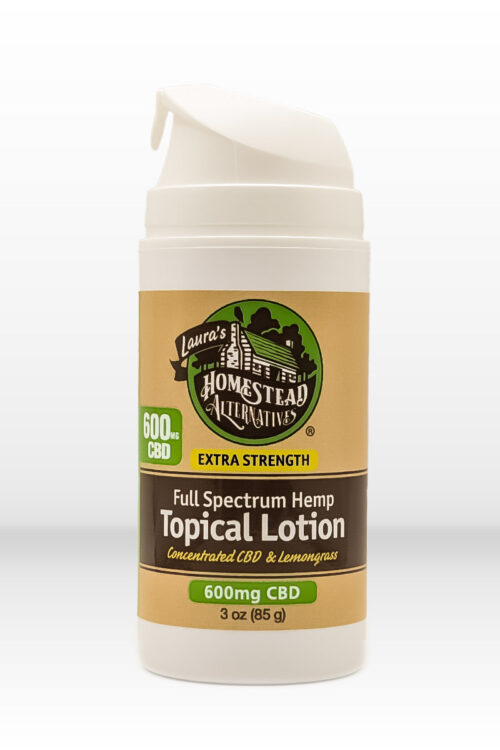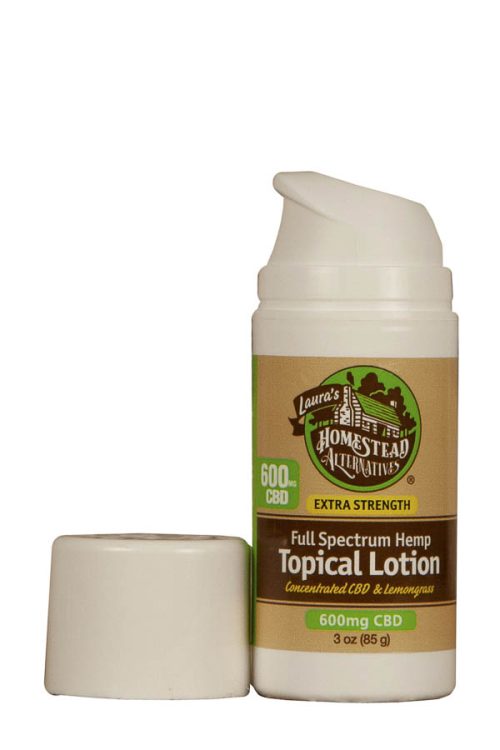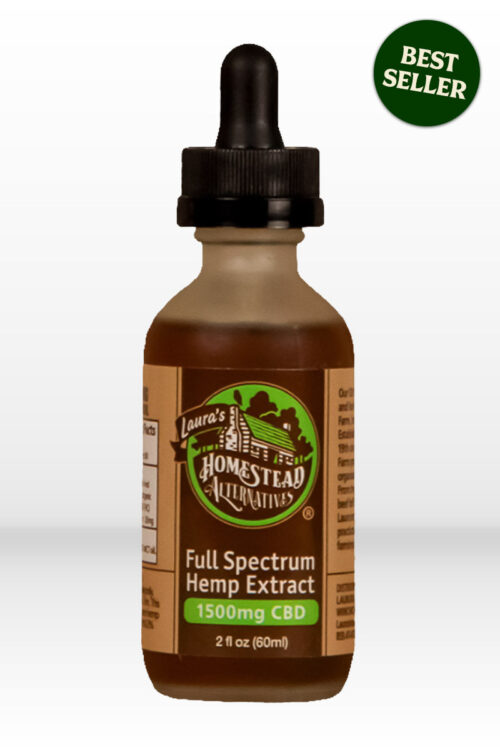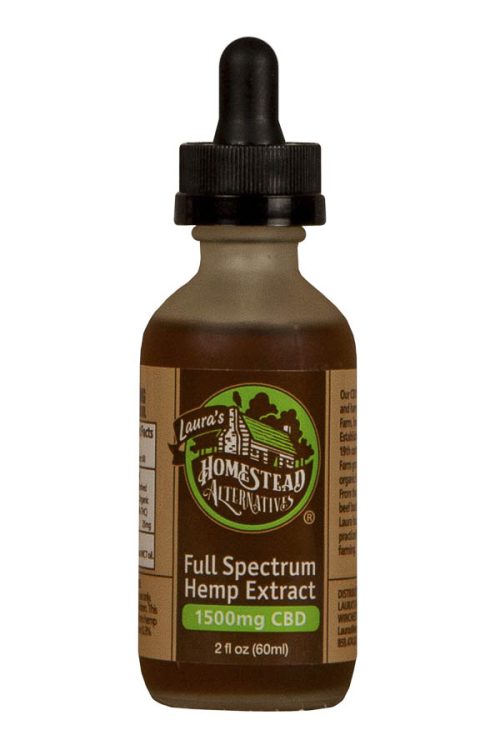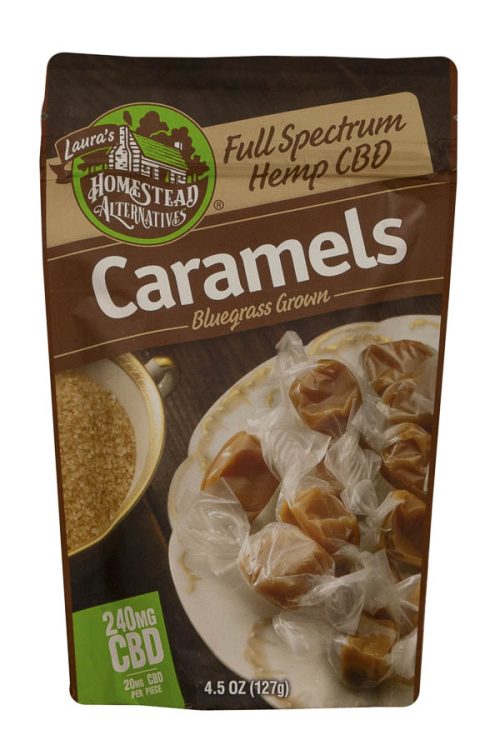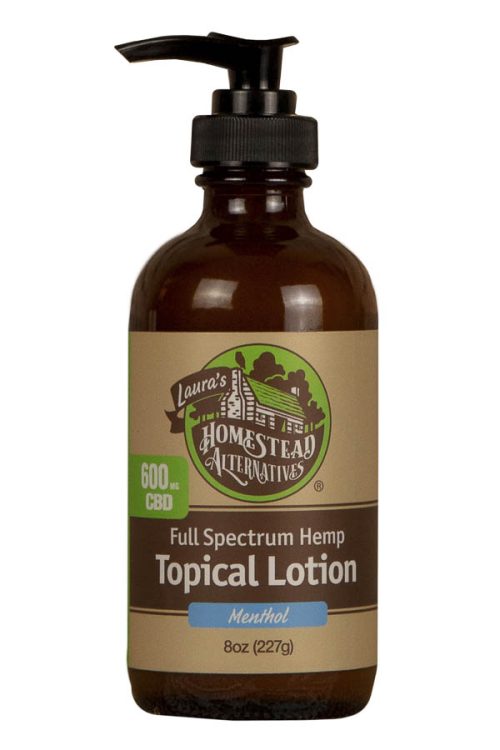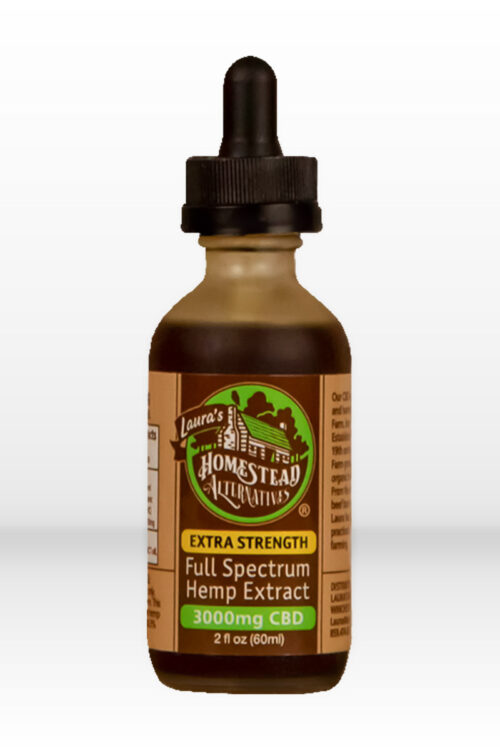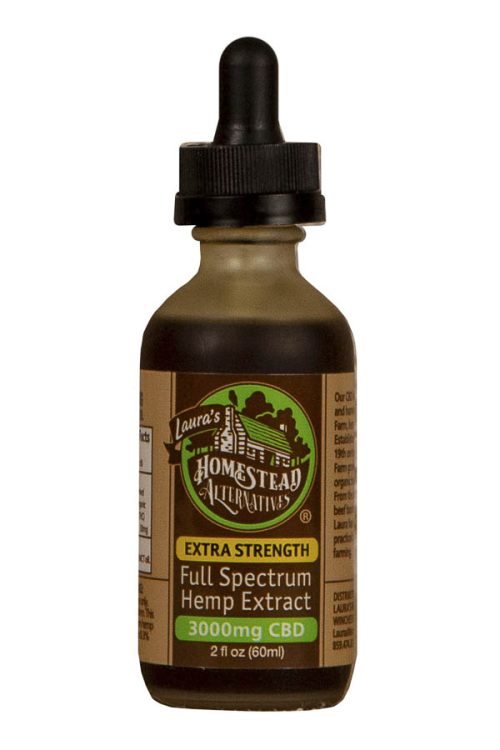What is Hemp?
Cannabis plants come in three main species: Cannabis indica, Cannabis sativa, and Cannabis ruderalis. Both hemp and marijuana belong to the Cannabis sativa species, but they are distinct plants. Hemp is specifically classified as Cannabis sativa with less than 0.3% THC and is rich in CBD.
Industrial hemp is cultivated for its strength and versatility, often used to produce fiber. It grows taller with fewer flowering buds than marijuana, making it ideal for extracting high levels of CBD and minimal THC. Hemp serves a variety of purposes—producing CBD, building materials like hempcrete, grains, fibers, clothing, shoes, and much more.
Hemp History
Hemp has a well-documented history in the US. In fact, records show that that hemp was first introduced to North America in Jamestown around 1611. American farmers grew the crop for a multitude of purposes, including rope, paper, and lantern oil.
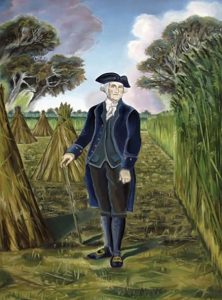 Fast forward to the 1700s, to a blossoming nation with an agriculturally driven economy. While most farmers preferred to grow tobacco, hemp was such a staple crop that its cultivation in many of the colonies was legally mandated by England.
Fast forward to the 1700s, to a blossoming nation with an agriculturally driven economy. While most farmers preferred to grow tobacco, hemp was such a staple crop that its cultivation in many of the colonies was legally mandated by England.
The first known hemp crop in Kentucky was grown near Danville on Clarks Run Creek in 1775. During this time, hemp was being grown for fiber near settlements to make homespun twine, thread, rope, and textiles. Kentucky’s hemp production thrived until hemp production in America came to a halt in the 1850s, due to the Civil War.
The hemp industry was revived again during World War I, but only briefly. After the war, the U.S regained access to cheaper, imported goods and the hemp industry, again took a major hit. However, in 1942 when the United States Department of Agriculture (USDA) released the “Hemp for Victory” campaign, the hemp industry started making a comeback. Then, in 1945, hemp production had ceased across the entire country, and then in 1970, hemp was federally banned under cannabis as a Schedule 1 controlled substance.
Hemp Today
The hemp industry has taken hits many times throughout history. However, the 2014 Farm Bill, paved the way for state pilot programs, such as Kentucky’s, which allowed farms and processors to start growing, processing, and creating local hemp products. Kentucky was one of the early adopters and is now a national leader in growing and creating hemp products.
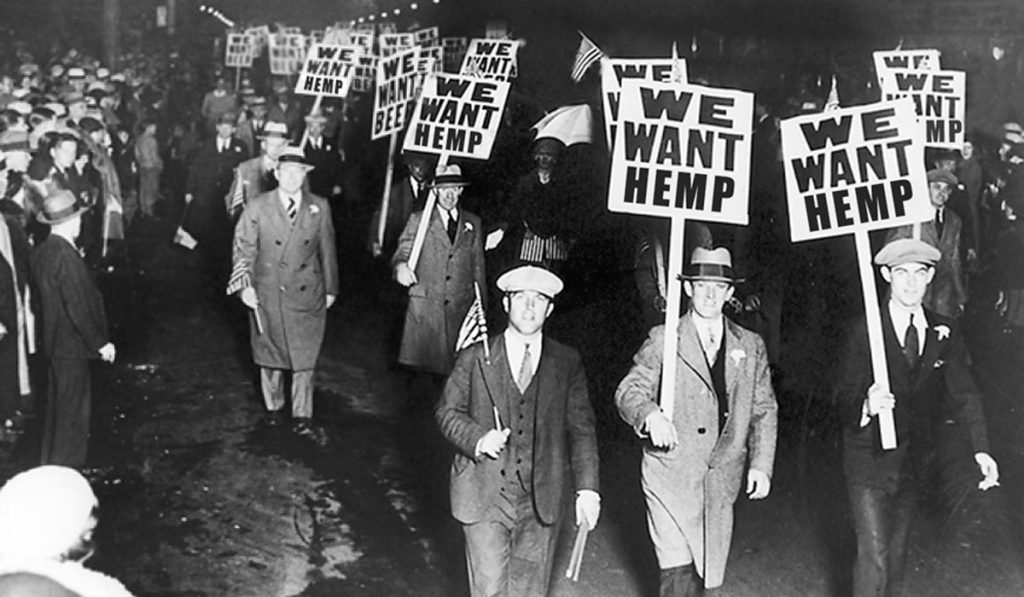
In 2018, hemp was deemed federally legal, no longer under the purview of the DEA, and able to be cultivated as a commodity and transported without fear of federal interference. The Hemp Farming Act, included in the 2018 Farm Bill, successfully removed hemp (containing less than 0.3% THC) from the list of controlled substances. The KY HB 236 aligned the Kentucky hemp program with the federal law under the 2018 Farm Bill. It was signed by Governor Beshear into law on February 10, 2020.
Hemp at Mt. Folly
Mt. Folly Farm has been a leader in hemp since the program was first created. One of the first farms in Kentucky’s Hemp Pilot Program, Mt. Folly Farm has experimented with all 3 types of hemp varieties. Grain, fiber, and the most commonly known Cannabidiol (CBD) make up the 3 hemp varieties.

Laura Freeman, Mt. Folly, Mt. Folly Farm, CBD Oil, Full Spectrum CBD Oil,
Grain and Fiber are planted similar to small grains. Grain requires a combine harvest model; fiber requires a hay harvest model with some adaptions. CBD is the most notable but requires the most effort to be sustainable.
CBD is grown similar to tobacco or vegetable model, mechanical plants, harvest and drying by hand. To make a CBD crop more sustainable, Mt. Folly Farm has experimented with a variety of tactics, no till cultivation, strip till, compost tea, compost, chicken litter for nitrogen, and cover crops before and after the season.
At Mt. Folly, we keep our products as close to the plant as possible, understanding the natural way of raising crops is best for our bodies. Our hemp is raised on ground that’s been handled organically, which means the soil is more fertile and we use no herbicides, pesticides, or other chemicals. In food, this production leads to more nutritious foods, and particularly in the case of hemp, it allows the plant’s terpenes to better resist insects and prosper. We’re hopeful that hemp and its derivatives will continue to see expanded economic support, particularly at the state level, providing exceptional opportunities for farmers. We’re excited to continue being part of hemp’s long history!

 Fast forward to the 1700s, to a blossoming nation with an agriculturally driven economy. While most farmers preferred to grow tobacco, hemp was such a staple crop that its cultivation in many of the colonies was legally mandated by England.
Fast forward to the 1700s, to a blossoming nation with an agriculturally driven economy. While most farmers preferred to grow tobacco, hemp was such a staple crop that its cultivation in many of the colonies was legally mandated by England.

